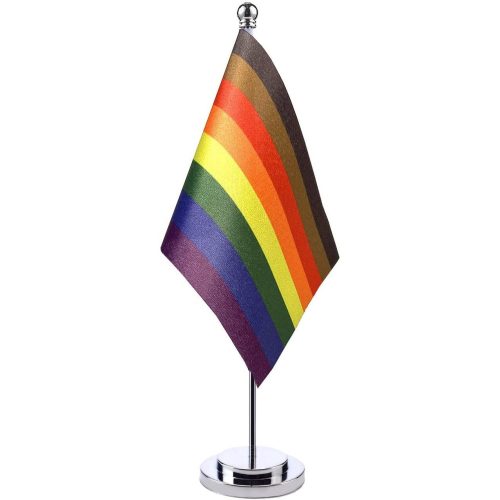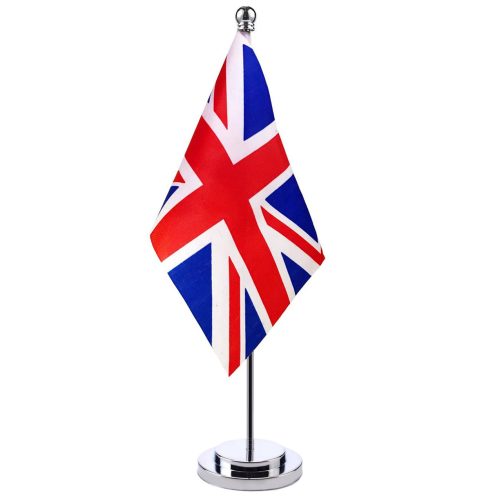Flags are not just symbols of a country’s national identity and pride; they can also be important historical artifacts that preserve a country’s cultural heritage. Here are a few ways that flags can be valuable historical artifacts:
- Historical context: Flags can provide valuable information about a country’s history and culture, including its political systems, social structures, and religious beliefs. For example, the American flag has evolved over time, with changes reflecting important events in the country’s history, such as the addition of stars to represent new states.
- Symbolism: The symbols and colors on flags can also provide insight into a country’s cultural heritage. For example, the colors on the South African flag represent the country’s natural resources and its multiethnic society, while the eagle on the Mexican flag is an important symbol in Aztec mythology.
- Preservation: Flags are often made from delicate materials that can be damaged over time. As such, preserving flags is an important part of preserving a country’s cultural heritage. This involves careful handling, storage, and conservation efforts to prevent deterioration and maintain their historical value.
- Display: Displaying historical flags in museums, galleries, and other public spaces can be a powerful way to educate people about a country’s history and culture. Exhibitions can showcase flags alongside other historical artifacts and provide context for their significance and meaning.
Overall, flags can be valuable historical artifacts that preserve a country’s cultural heritage and provide insights into its history and culture. Preserving and displaying flags can be an important part of promoting cultural understanding and appreciation.


